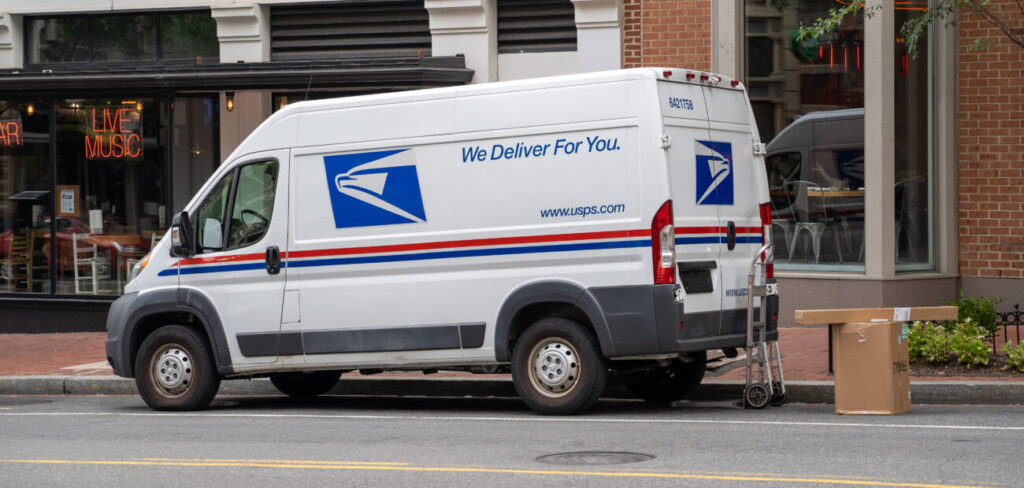The US Postal Service (USPS) has completed its environmental review of its Next-Generation Delivery Vehicle (NGDV) program and announced it is progressing with the next steps, which include the rollout of 5,000 battery electric vehicles (BEV) in 2023.
The NGDV program provides for the introduction of internal-combustion and electric-powered, purpose-built vehicles that are expected to deliver significant reductions in vehicle emissions and improvements in fuel economy compared to the existing delivery vehicle fleet. While the current NGDV plan calls for its fleet mix to be at least 10% BEV, the postal service has recognized that a 100% mix of BEVs would deliver even greater emission benefits. The program has therefore been designed to increase the mix of BEVs as financial resources become available.
Although congressional funding levels have varied, the postal service most recently discussed an ability to achieve 70% fleet electrification within a decade. The NGDV contract is an indefinite delivery, indefinite quantity (IDIQ) contract, meaning the postal service will have the ongoing ability to order more NGDVs over a fixed period of time, in this case 10 years. In addition, the NGDV contract enables the flexibility needed to significantly increase the level of electrification when funding is provided, even after an order is placed.
The postal service reviewed and incorporated feedback from the US Environmental Protection Agency (EPA) regarding the NGDV program’s potential environmental impacts, detailed in the USPS 340-page Final Environmental Impact Statement (FEIS). USPS has since concluded that there was no legal or other bases to delay the program.
Louis DeJoy, postmaster general and CEO of USPS, said, “As we have reiterated throughout this process, our commitment to an electric fleet remains ambitious given the pressing vehicle and safety needs of our aging fleet as well as our fragile financial condition. As our financial position improves with the ongoing implementation of our 10-year plan, ‘Delivering for America’, we will continue to pursue the acquisition of additional BEV as additional funding – from either internal or congressional sources – becomes available. But the process needs to keep moving forward. The men and women of USPS have waited long enough for safer, cleaner vehicles to fulfill on our universal service obligation to deliver to 161,000,000 addresses in all climates and topographies six days per-week.”
“We thank the federal agencies, including the EPA, for their input,” said Mark Guilfoil, vice president for supply management at USPS. “The NEPA process attracted more than 39,000 public comments from an array of stakeholders. It also involved coordination with various federal agencies, including EPA. As a result of those comments, we included extensions in the process timeline as requested by EPA. After thorough review and study, we determined that EPA’s request for a supplemental EIS and public hearing would not add value to the postal service’s already year-long review. It is also important to note that a supplemental EIS and public hearing are not legally required.”
The search for replacement vehicles for the postal service’s delivery fleet began in 2015, and resulted in the purpose-built NGDVs that will provide air conditioning and heating, improved ergonomics and improved safety technology. This includes 360° cameras, advanced braking and traction control, airbags as well as a front-and rear-collision avoidance system. The vehicles will also have increased cargo capacity which is designed to maximize efficiency and better accommodate higher mail and package volumes.


